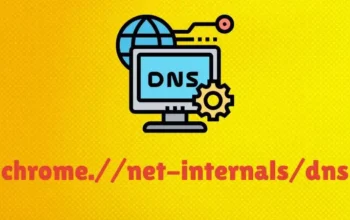Ransomware viruses are also known as rogueware or scareware. Ten fundamental keys to stop them immediately.
This type of malicious software restricts access to the system and demands a ransom payment to remove the restriction. Dangerous right? Without a doubt, they are the order of the day and constitute a real threat, especially in companies and organizations, the sector with the sweetest tooth and in the crosshairs of hackers and technological scammers.
Ransomware, a Growing Threat
The data is alarming. According to a Malwarebytes Corporation survey, as many as 40% of US businesses were hit by a ransomware virus in 2016.
And in global figures, 60% of harmful software was Ransomware.
In addition, extracted from a Cisco report, 90% of malware uses DNS servers – those that allow any company to connect to the Internet – to launch their attacks.
None other than those affected disbursed about a billion dollars to the hackers.
IBM ensures that one of the primary means of sending is through email attachments, a figure that between 2016 and 2017 increased by 6%.
Ten Measures to Avoid Ransomware
This type of malicious software restricts access to the system and demands a ransom payment to remove the restriction. Dangerous right?
Without a doubt, they are the order of the day and constitute a real threat, especially in companies and organizations, the sector with the sweetest tooth and in the crosshairs of hackers and technological scammers.
First of all, Start with the Basics
- Protect the most important passwords and data.
- Update the security, antivirus or any firewall protection of the equipment.
- Segmenting workspace networks will help limit the spread of the virus.
- It is essential to notify colleagues and IT managers. Employees must be aware and prepared for the threat of any possible attack.
In addition, implement protection measures within the company.
Establish RPZ (Response Policy Zone) mechanisms to combat inappropriate use of DNS. This will prevent any data leaks and DNS blocking.
Control DNS requests to detect suspicious ones and use ‘kill switch’ or security mechanisms to disable possible ransomware viruses.
Improve visibility through tools that detect potentially suspicious devices on an organization’s network and immediately block them.
Manage data from DNS, DHCP, and IP address management, to detect ransomware attacks, knowing more about the possible risks and how to prevent or solve them.
Take advantage of and learn about the most advanced technology used in this type of threat to detect them and anticipate and prevent them.
Integrate the fastest response capacity into any organization.




